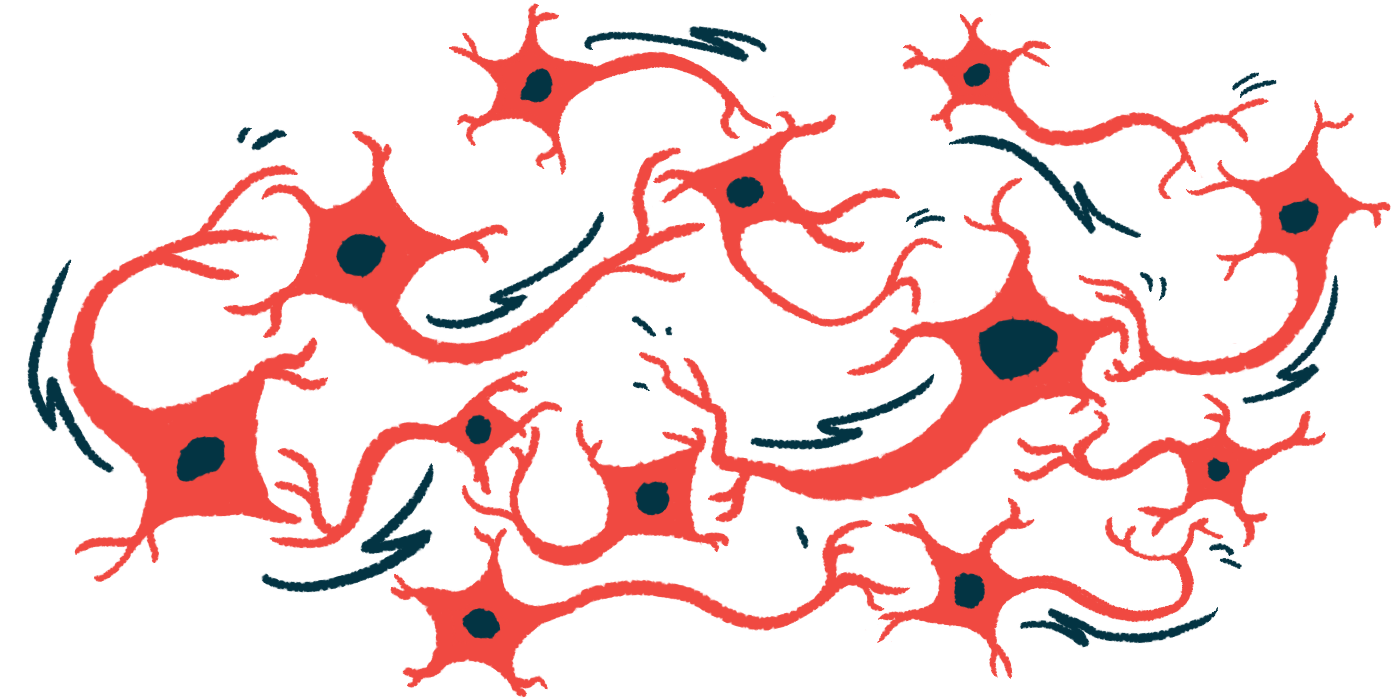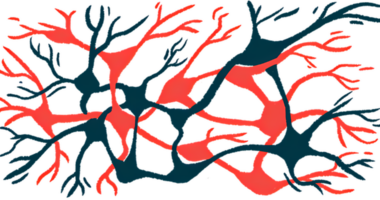Alpha-synuclein fibrils may need inflammation to form Lewy bodies
Scientists' model combines two factors to capture toxic clumping in neurons

Both a misfolded form of the alpha-synuclein protein and an inflammatory cue are needed to trigger the Lewy bodies that drive the death of dopaminergic neurons in the brains of people with Parkinson’s disease, according to a study in human stem cells.
“The results support previous research showing that an immune response plays an important role in Parkinson’s development,” Armin Bayati, the study’s lead author and a PhD candidate at the Montreal Neurological Institute-Hospital at McGill University, said in a university news release.
While an inflammatory milieu may make dopaminergic neurons more susceptible to an autoimmune response, “future studies should focus on understanding how inflammation caused by an overexcited immune system causes Lewy body formation when coupled with [alpha]-synuclein,” Bayati added.
The study, “Modeling Parkinson’s disease pathology in human dopaminergic neurons by sequential exposure to α-synuclein fibrils and proinflammatory cytokines,” was published in Nature Neuroscience.
Lewy bodies formed in neurons derived from stem cells of healthy people
In Parkinson’s, alpha-synuclein folds into an unusual shape that makes it prone to clumping into small structures known as fibrils. These fibrils can spread from one cell to the next and come together to form Lewy bodies, a disease hallmark.
Lewy bodies damage and kill dopaminergic neurons, the nerve cells in the brain that produce dopamine, a chemical involved in motor control. A gradual shortage of dopamine results in the progressive motor symptoms of Parkinson’s, such as slowness and stiffness of movement, tremor, and difficulty with walking and balance.
However, it’s been a challenge to build a reliable model that helps researchers to better understand in a lab setting why and how exactly Lewy bodies form. Understanding these mechanisms is critical to developing new Parkinson’s treatments.
Bayati and other researchers at the McGill institute, in collaboration with the university’s Early Drug Discovery Unit, built a model of Lewy bodies using human induced pluripotent stem cells, a type of cell that can transform into almost any other cell type, including neurons. It allows them, they reported, to study Lewy body development and growth in real time.
“Replicating Lewy body formation in living neurons is a significant step forward to understanding key aspects of Parkinson’s and other neurological disease,” said Peter McPherson, PhD, an institute researcher and the study’s senior author.
“These neurons came from stem cells of healthy patients, suggesting anyone can develop Parkinson’s if exposed to the right environment, and so a genetic predisposition to disease may not be necessary,” McPherson said.
Proteins essential to lysosomes that clean cells also involved, study finds
After allowing the stem cells to morph into dopaminergic neurons, the researchers treated them with alpha-synuclein fibrils, which quickly entered the cells and reached the lysosomes. Lysosomes are essentially a cell’s garbage disposal system, structures that contain enzymes capable of breaking down excess or worn out material within cells (a process called autophagy).
They then grew the dopaminergic neurons together with microglia, the brain’s resident immune cells, or added interferon-gamma (IFN-gamma), an inflammatory molecule produced by microglia and other immune cells, to mimic an immune response.
The combination of alpha-synuclein fibrils and IFN-gamma, but not either alone, led thread-like Lewy bodies to form in dopaminergic neurons, similar to those found in patients’ brains. A similar growth also was observed with interleukin-1 beta, another inflammatory molecule. This effect was not seen in other types of brain cells.
Immune stress reduced the levels of proteins needed to keep lysosomes intact, like LAMP1 and LAMP2. Even without immune stress, reducing the levels of these proteins, or removing a gene called GBA, a known genetic risk factor for Parkinson’s, was enough for Lewy bodies to build when alpha-synuclein fibrils were present.
“Together, these data indicate that immune-triggered lysosomal dysfunction may contribute” to Parkinson’s development, the researchers concluded, stressing the dual hit specific to dopaminergic neurons their work showed — reportedly for a first time — to initiate disease processes.







